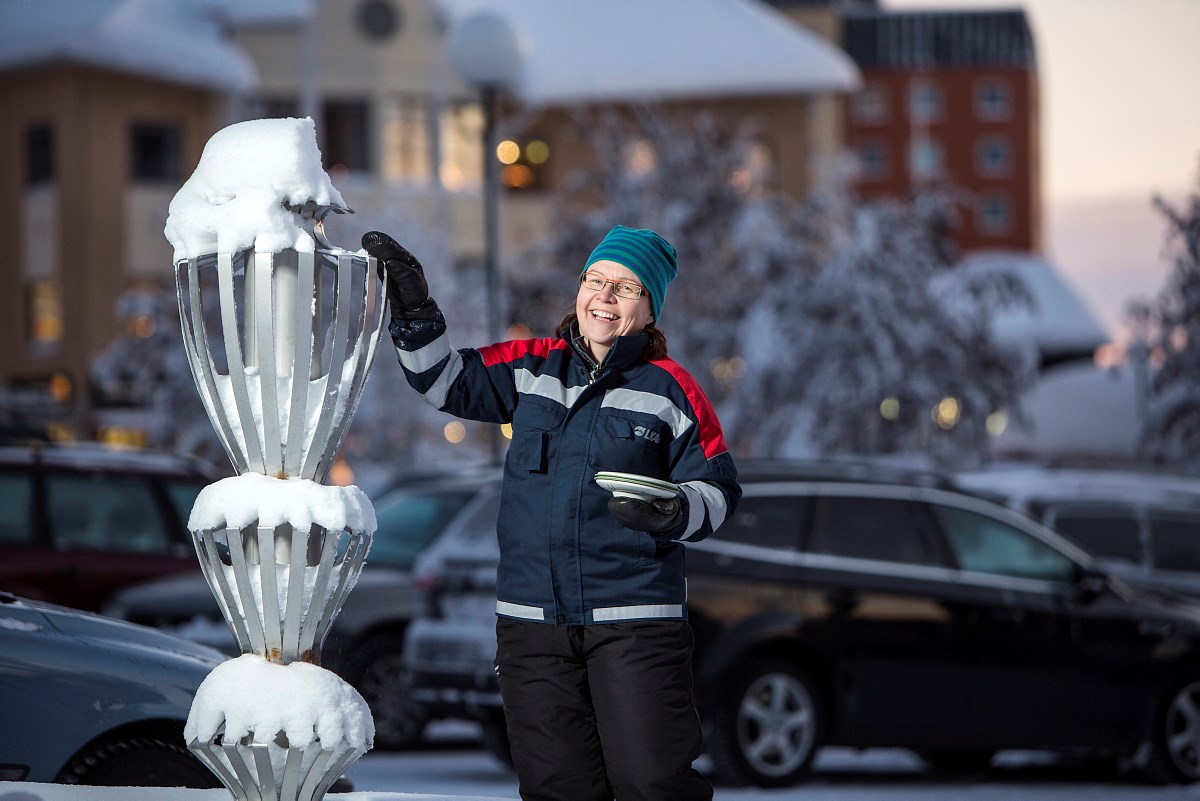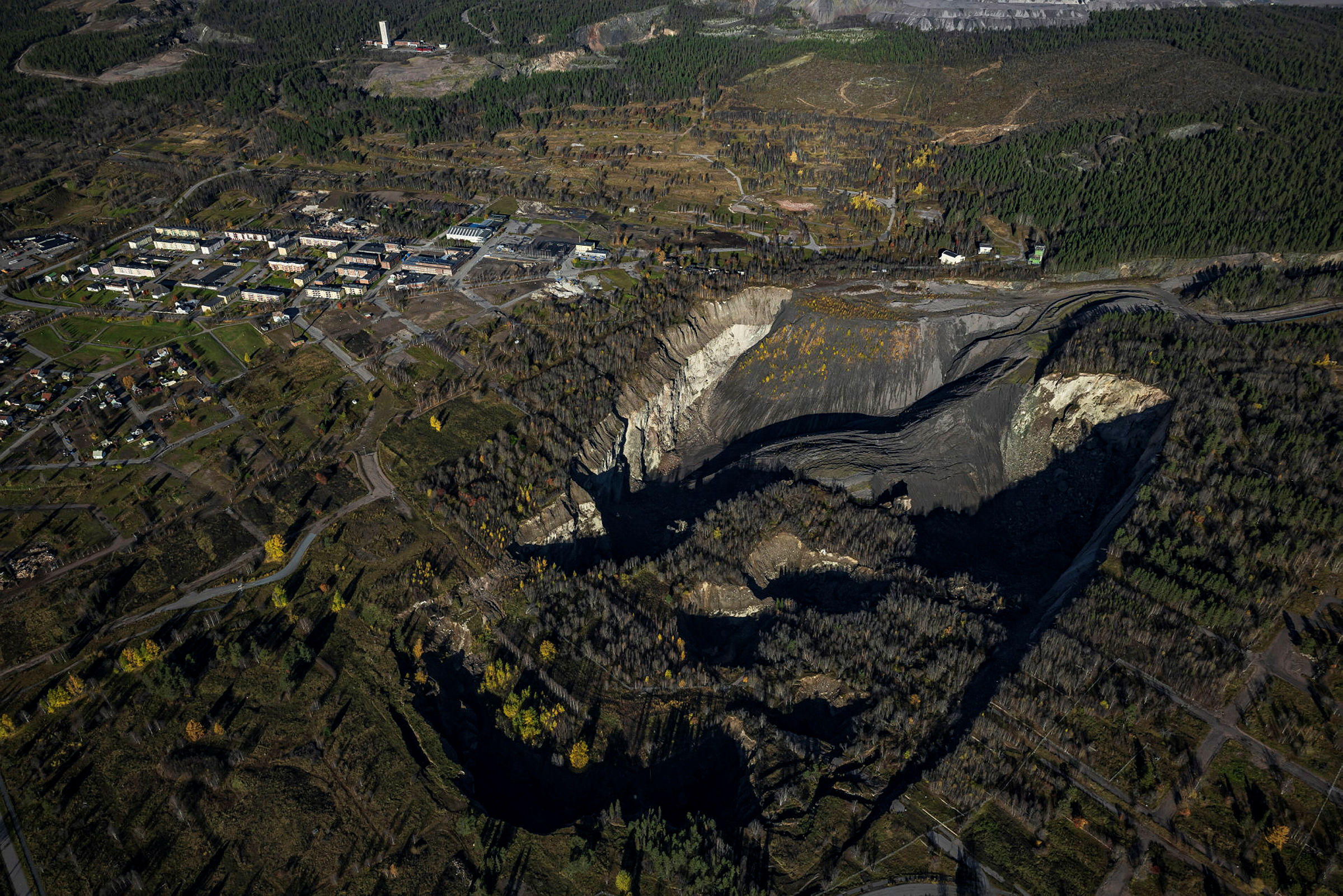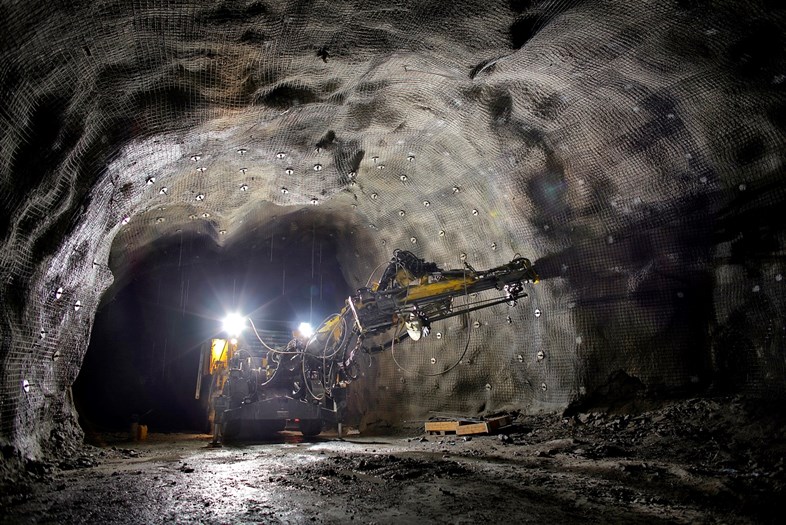Mining pace determines ground movement
Mining operations cause movement in bedrock and affect the surroundings both below and above ground. As mining proceeds deeper and deeper, the ground and the surrounding communities are affected.

As the iron ore is mined from the rock and brought to the surface, the ground gradually sinks. Mining generates vibrations, ground deformations and movements that are monitored and controlled so that any impacts can be dealt with in plenty of time.
Ore is an economic concept. It is the size and quality of the ore that determines if it is worth mining, i.e. whether or not it is worthwhile building tunnels and moving machinery ever deeper into the mountain. However, the shape and location of the ore bodies determine where any ground movement will occur and how communities will be affected.
Amount of steel per day
Geophones
Measuring units



